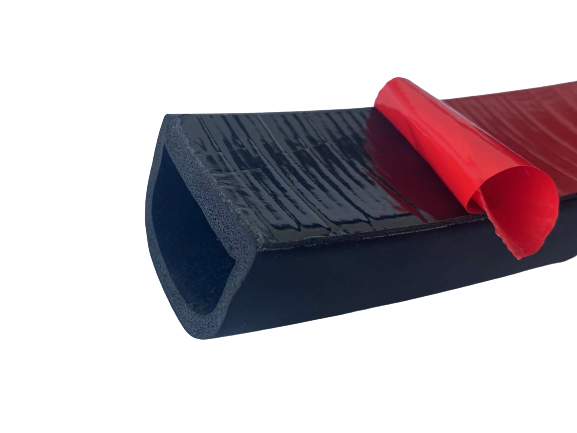Oct . 13, 2024 14:05 Back to list
Effective Sealing Solutions for Kitchens and Bathrooms to Prevent Water Damage
The Importance of Kitchen and Bathroom Sealing Strips
When it comes to home improvement and maintenance, many homeowners focus on aesthetics or larger renovation projects. However, something as simple as sealing strips in kitchens and bathrooms can significantly impact the functionality and longevity of these essential spaces. Sealing strips serve as protective barriers that help prevent water damage, air leaks, and pest invasions, making them an essential aspect of any well-maintained home.
What Are Sealing Strips?
Sealing strips are flexible and durable materials designed to fill the gaps between surfaces. They can be made from various materials, including rubber, silicone, vinyl, and foam. These strips are commonly used around sinks, tubs, showers, countertops, and windows to create a waterproof seal. Their primary function is to prevent water from seeping into places where it could cause serious damage, such as underneath cabinetry or behind walls.
The Role of Sealing Strips in Kitchens
In kitchens, sealing strips are vital due to the high levels of moisture and frequent water exposure. Areas around the sink are especially susceptible to leaks. A proper sealing strip will prevent water from pooling underneath the sink, which can lead to mold growth, wood rot, and pest problems. Furthermore, sealing strips can help in maintaining energy efficiency. By minimizing gaps around windows and doors, they contribute to better temperature control, reducing heating and cooling costs.
When selecting sealing strips for your kitchen, it is essential to choose products that are easy to clean and resistant to staining. Sealing strips made from silicone are often preferred because they are non-porous, thus preventing mold and bacteria growth while being flexible enough to endure movement from temperature changes.
The Importance of Sealing Strips in Bathrooms
kitchen and bathroom sealing strip

Bathrooms are another critical area where sealing strips shine. With constant exposure to water from showers and baths, the risk of water damage is heightened. Effective sealing strips around bathtubs and showers prevent water from leaking onto the floor, which reduces the likelihood of slips and falls. They also help maintain a tidy appearance by providing a finished look to the bathroom.
Moreover, bathrooms can be a breeding ground for mold and mildew due to their moist environments. Sealing strips can act as a barrier, reducing the moisture that accumulates in cracks and crevices. It's vital to replace any old or damaged strips regularly to ensure they continue to function effectively.
Installation and Maintenance
Installing sealing strips is generally a straightforward task that can be accomplished with basic tools. It often involves cleaning the area of application thoroughly, cutting the sealing strip to size, and adhering it firmly. Many sealing strips come with adhesive backing, which simplifies the installation process.
Maintenance is crucial. Regularly check the condition of sealing strips for any signs of wear, discoloration, or water leakage. If you notice gaps or cracks, it’s time to replace the strip. This preventive measure can save homeowners from costly repairs in the future.
Conclusion
In conclusion, while sealing strips may seem like a minor detail in kitchen and bathroom design, they play a critical role in protecting these spaces from water damage, mold, and pests. Investing in quality sealing strips and ensuring their proper installation and maintenance can lead to substantial long-term benefits. So the next time you embark on a home improvement project, don’t overlook the importance of these unsung heroes of your kitchen and bathroom. Proper sealing strips not only enhance the functionality of these areas but also contribute to the overall health and safety of your home.




